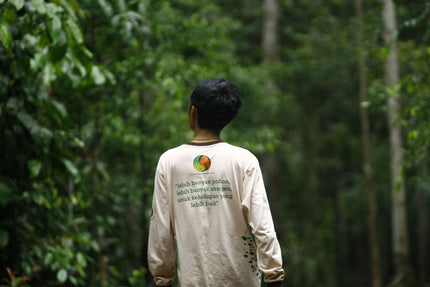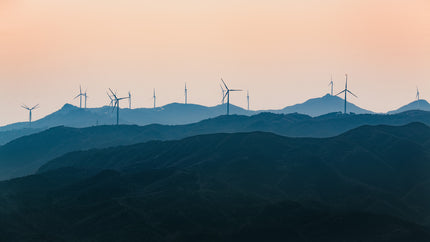Forests cover 34% of America. On top of being carbon sponges, these wild places are people’s homes, a place of sanctuary and a haven for biodiversity.
We support three projects in America through carbon offsetting. They help manage how humans interact with the wild landscapes of the USA. As a growing number of humans become dependent on them, projects are being established to manage how they are cared for.
Alaska

The Alaskan project is an improved forest management project on Prince of Wales Island in the Alaskan Panhandle.
It includes higher elevation regions, recently deglaciated lands, wetlands, beach fringes and 7,000 acres of old-growth forest.
The now-protected forestland was used in the 1980s to supply timber to nearby timber corporations and pulp mills. More recently, Canadian mill demand for pulpwood from Southeast Alaska has driven up the price for pulp logs, which increases the potential for aggressive forest management practices and shorter rotations in the region. To meet demand for wood products, the lands actively managed for timber were clear cut using helicopter or cable logging.

The project will protect the land from development over the next 40 years and ensure continued environmental benefits through the preservation of old-growth sections of forestland.
In addition to preservation, the project helps protect five different species of fish including sockeye salmon, coho salmon, chum salmon, pink salmon and steelhead trout.
Tennessee

A forest located in central Tennessee atop a plateau overlooking industrial forestland and agricultural fields.
The land was donated by Bridgestone Americas. The surrounding region’s hardwood forests have been heavily cut for decades, and there is a recent trend of converting those woodlands to loblolly pine plantations for industrial use.
The project's forest management plan follows a harvest regime far more conservative than the regional common practice and prior management of the land, and will optimize shortleaf pine restoration, carbon sequestration, and wildlife habitat benefits.
Minnesota

This project maintains ecosystem quality while continuing sustainable timber production.
It covers almost 200,000 acres of forest that supports more than 3,200 workers and hundreds of businesses.
Responsible use of this forest helps promote carbon sequestration while protecting habitat for 47 species of birds, over 30 species of mammals, and trout. This project also supports a number of existing forest ecosystem benefits including water quality protection, wildlife habitat, and public recreation.

Notes
These projects look to improve green spaces that that give us (humans) so much. On top of all the environmental benefits, studies have proved time-and-time-again the positive impact wild spaces can have on our physical and mental health. The projects above address how these essential green spaces can be enjoyed and harvested in a way that doesn’t deplete them, so future generation can do the same.
Sources
https://data.worldbank.org/indicator/AG.LND.FRST.ZS?locations=US





